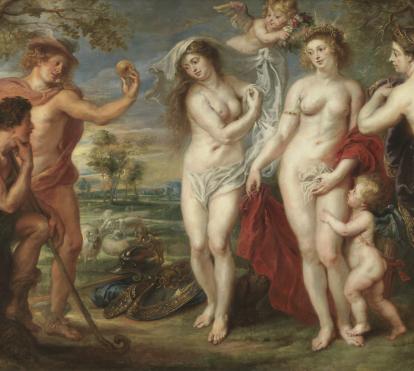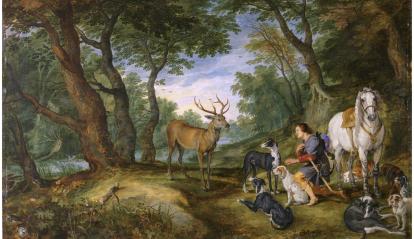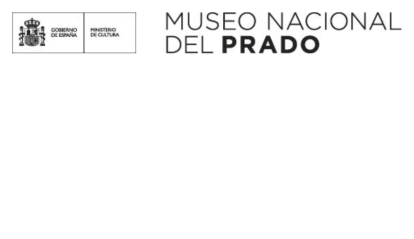
The unrivalled creativity of Rubens, his influence and the aesthetic renewal he promoted take centre stage of this exhibition, in which the paintings of this master engage in a dialogue with those of artists such as Van Dyck, Jordaens and Brueghel.
Rubens was the driving force behind a creative wave that swept Europe in the 17th century. His impassioned compositions with their almost violent dynamism and the sensuality conveyed by his work marked an evolution and defined Baroque painting. His formidable personality secured the patronage of some of the most important political figures in Spain and the Netherlands, such as Philip IV and Isabella Clara Eugenia of Austria.
The nearly sixty works that make up this exhibition, including The Birth of Apollo and Diana, The Death of Seneca and The Immaculate Conception, among other exceptional pieces, come from the Museo Nacional del Prado. The collection highlights the powerful intellectual depth and style that characterised the work of Rubens and his Flemish contemporaries, both in terms of its spectacular artistry and the subtlety of the ideas it conveys.

The exhibition is divided into seven areas. Divine Passions presents Rubens and the visible and underlying themes that appear in his work. Image and Counter-Reformation discusses Rubens as a renovator of religious iconography. Impassioned Creation contextualises the Flemish painter’s references, from philosophy to mythology and religion. The next two areas, Patronage and Collecting and Art and Propaganda, reveal Rubens’ relationships with power. The final three sections, Faces and Personalities, Inside and Outside and Still Life, Living Nature, address the everyday subjects that Rubens and other artists chose for their works. A wide range of engravings, drawings, ivories, silver objects and books provide a comprehensive overview of the excellence of Flemish Baroque creativity and its most outstanding representative: Peter Paul Rubens.
- Curator: Jose Juan Pérez Preciado, conservator at the Museo Nacional del Prado, of the Flemish Painting and Northern Schools Area
- Organisation: Exhibition organised by the Museo Nacional del Prado and the ”la Caixa” Foundation


